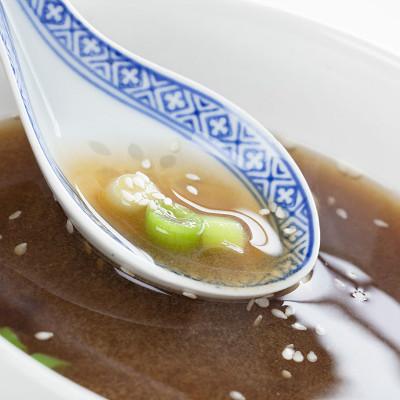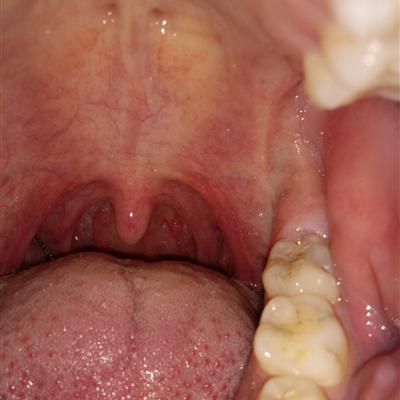Is snakeskin skin disease contagious?
summary
Ichthyosis is commonly known as snakeskin tinea. 70% of ichthyosis is hereditary, which is more common than that in children. The prone parts are on the back of limbs and trunk. The skin is dry and rough, and the edge of dandruff is slightly tilted. It looks like snakeskin, or the sweat pores are blocked by particles, and there is no sweat hair. In severe cases, the skin is grayish brown scales and deep stripes, which affect the whole body with age. The characteristics of ichthyosis are heavy in winter and light in summer. It is a common hereditary keratoderma. For genetic diseases, it is not contagious, but it may have an impact on the next generation. Is snakeskin skin disease contagious? Let's talk about it
Is snakeskin skin disease contagious?
Although tinea serpentina is not contagious, many patients with ichthyosis have the symptoms of desquamation. They dare not wear short sleeves and skirts in the summer. They want to wrap themselves up tightly and not let others see their terrible skin. Long term life in this state of mind, many patients will become not confident, afraid to face other people's "discrimination" eyes, physical and mental suffering. Many of the patients' friends and neighbors are very worried about the infection of tinea serpentina to themselves. They are very careful when they get along with patients with tinea serpentina, which not only hurts others, but also adds invisible pressure to themselves.
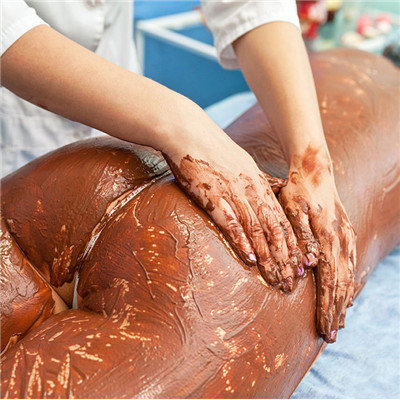
The so-called infectious diseases refer to the diseases caused by various pathogenic pathogens (including bacteria, viruses, parasites, etc.) that can be transmitted between people. The epidemic or transmission of infectious diseases must have three basic links: the source of infection, the route of transmission and the susceptible population. The pathogenesis of tinea serpentina is related to neuropsychiatric factors, endocrine disorders, immunological abnormalities, digestive tract diseases, etc. the etiology can be summarized into several major factors: genetic, mental, neurological, chemical, endocrine, infectious or external factors, etc. So, it's not contagious.
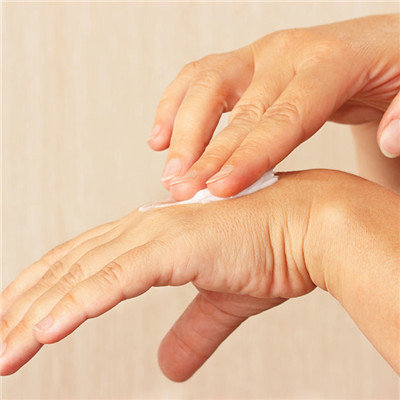
In the process of the treatment of ichthyosis, patients can not ignore the nursing work in their daily life. If they really want to ensure the stability of the disease and avoid the recurrence of the disease, then patients should ensure that they are happy, adjust their daily food and avoid spicy food, so that patients can speed up the recovery.
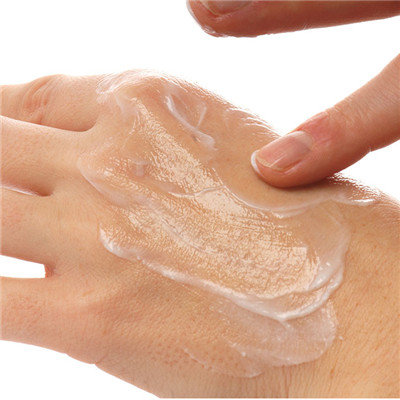
matters needing attention
Skin care should be strengthened at ordinary times. When the climate is dry in winter, the water loss of skin is relatively increased, and the skin lesions are aggravated; Therefore, winter is the focus of nursing. It is not suitable to take a bath too often in winter. It is not suitable to use too much soap. After taking a bath, you should apply skin care oil to protect your skin, reduce scales, and keep proper moisture and sufficient nutrients. The skin care product Yu "Lin Huofu" gel has a good effect on snake skin. It can moisturize the skin and make the skin return to normal.








